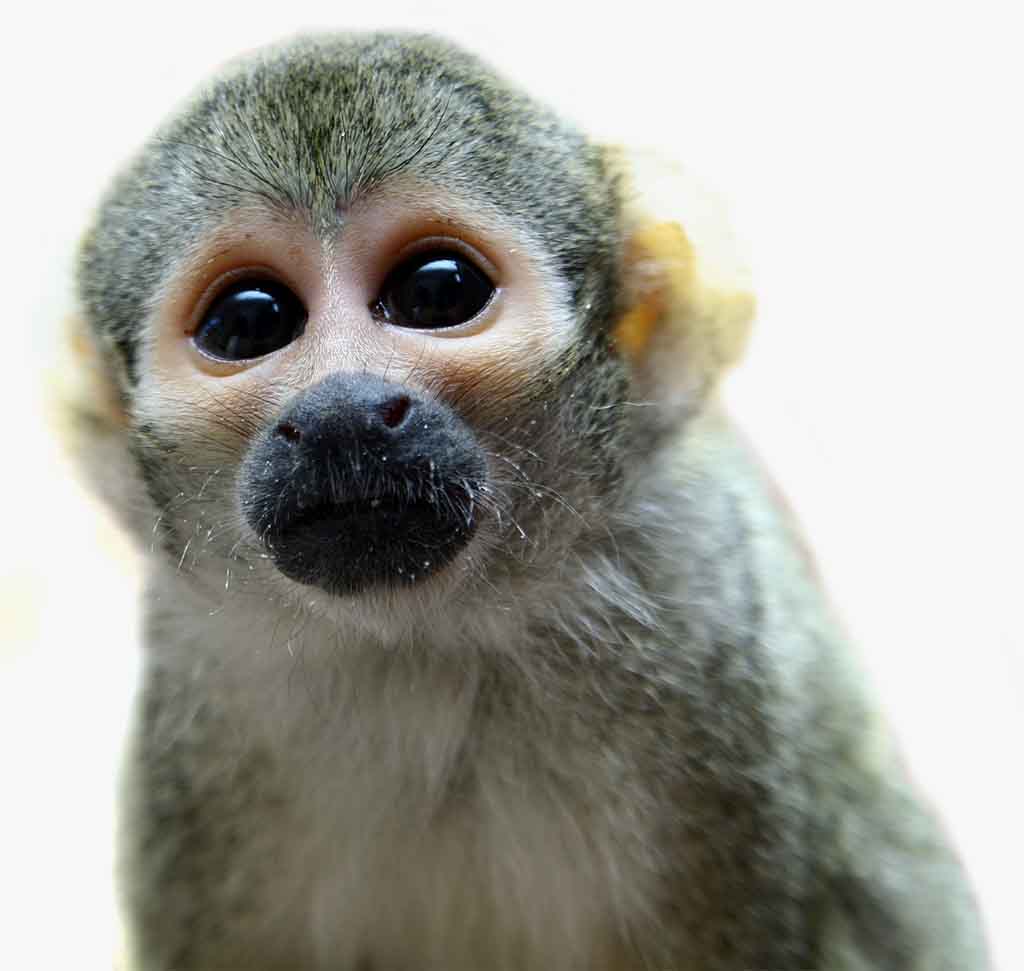The kangaroo is a marsupial from the family Macropodidae (macropods, meaning "large foot"). In common use the term is used to describe the largest species from this family, the red kangaroo, as well as the antilopine kangaroo, eastern grey kangaroo, and western grey kangaroo. Kangaroos are indigenous to Australia and New Guinea. The Australian government estimates that 42.8 million kangaroos lived within the commercial harvest areas of Australia in 2019, down from 53.2 million in 2013.
As with the terms "wallaroo" and "wallaby", "kangaroo" refers to a paraphyletic grouping of species. All three refer to members of the same taxonomic family, Macropodidae, and are distinguished according to size. The largest species in the family are called "kangaroos" and the smallest are generally called "wallabies". The term "wallaroos" refers to species of an intermediate size. There are also the tree-kangaroos, another type of macropod, which inhabit the tropical rainforests of New Guinea, far northeastern Queensland and some of the islands in the region. This kind of kangaroo lives in the upper branches of trees.A general idea of the relative size of these informal terms could be:
Wallabies: head and body length of 45–105 cm and tail length of 33–75 cm; the dwarf wallaby (the smallest of all known macropod species) is 46 cm long and weighs 1.6 kg; tree-kangaroos: ranging from Lumholtz's tree-kangaroo: body and head length of 48–65 cm, tail of 60–74 cm, weight of 7.2 kg (16 lb) for males and 5.9 kg (13 lb) for females; to the grizzled tree-kangaroo: length of 75–90 cm (30 to 35 in) and weight of 8–15 kg (18–33 lb); wallaroos: the black wallaroo (the smallest of the two species) with a tail length of 60–70 cm and weight of 19–22 kg (41.8–48.5 lb) for males and 13 kg (28.6 lb) for females; kangaroos: a large male can be 2 m (6 ft 7 in) tall and weigh 90 kg (200 lb).
Kangaroos have large, powerful hind legs, large feet adapted for leaping, a long muscular tail for balance, and a small head. Like most marsupials, female kangaroos have a pouch called a marsupium in which joeys complete postnatal development.
Source: Wikipedia
These species are native to Australia, living in forests, scrubland and grassland.
They are herbivores, meaning that they only eat plants. Their main diet consists of grasses and leaves.
Up to 20 years in the wild.
LEAST CONCERN on the IUCN Red List of Threatened Species.
Kangaroos are very social and live in mobs of up to 50 individuals.They have very powerful hind legs, helping them to hop at high speeds. They also use their strong tail to help them balance. Kangaroos are marsupials, meaning that they give birth to undeveloped babies after approximately 30 days. The Joey then crawls into the pouch and continues to develop and feed.
